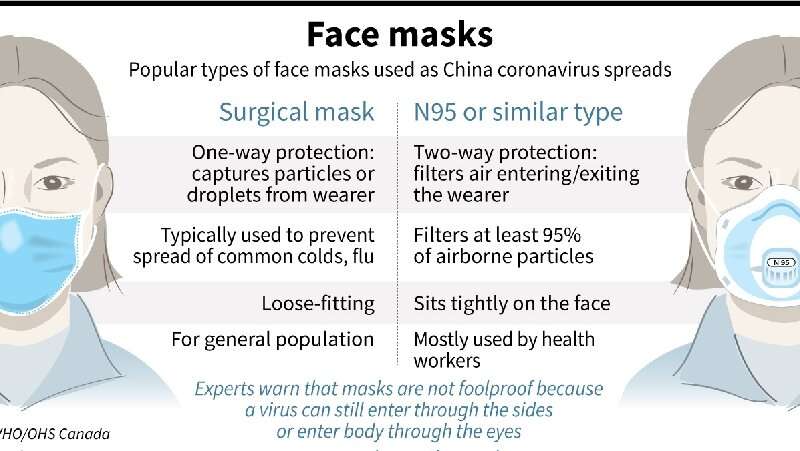
When the United States experienced an outbreak of the swine flu in 2009, everyone was talking about how to reduce the spread of the virus.
People started doing something most of us hadn’t really seen before to stop transmission: wearing surgical face masks.
We’ll look at recommendations from experts, unpack the research on which masks are most effective, and explain how to use masks properly.
What do the experts say?
In the case of the novel coronavirus and COVID-19, the CDCTrusted Source notes that simple face coverings or masks can reduce its spread:
“CDC recommends that people wear a cloth face covering to cover their nose and mouth in the community setting. This is an additional public health measure people should take to reduce the spread of COVID-19 in addition to (not instead of) social distancing, frequent hand cleaning and other everyday preventive actions.”
The CDC Trusted Source recommends healthcare workers wear face masks when working with patients who have the flu.
The CDC also recommendsTrusted Source patients who show signs of respiratory infections be given masks while they’re in healthcare settings until they can be isolated.
If you’re sick and need to be around others, properly wearing a mask can protect those around you from contracting your illness.
However, many patients in the incubation period do not know that they are ill. If they go out at this time, they will also infect healthy people with the virus.
So healthy people wear masks to protect themselves from infection. This is very important.
Surgical face masks
Surgical face masks are fairly loose-fitting, disposable masks approved by the Food and Drug Administration for use as medical devices. Doctors, dentists, and nurses often wear them while treating patients.
These masks prevent large droplets of bodily fluids that may contain viruses or other germs from escaping via the nose and mouth. They also protect against splashes and sprays from other people, such as those from sneezes and coughs.
N95 or KN95
N95 or KN95 are designed to protect the wearer from small particles in the air, like viruses.
Respirators are selected to fit your face. They must form a perfect seal so no gaps allow airborne viruses in. Healthcare workers use them to protect against airborne infectious diseases, such as tuberculosis and anthrax.
Unlike regular face masks, respirators protect against both large and small particles.
Overall, respirators are considered much more effective at preventing the flu virus than regular face masks.
Still, studies have found benefits to both types of masks.
